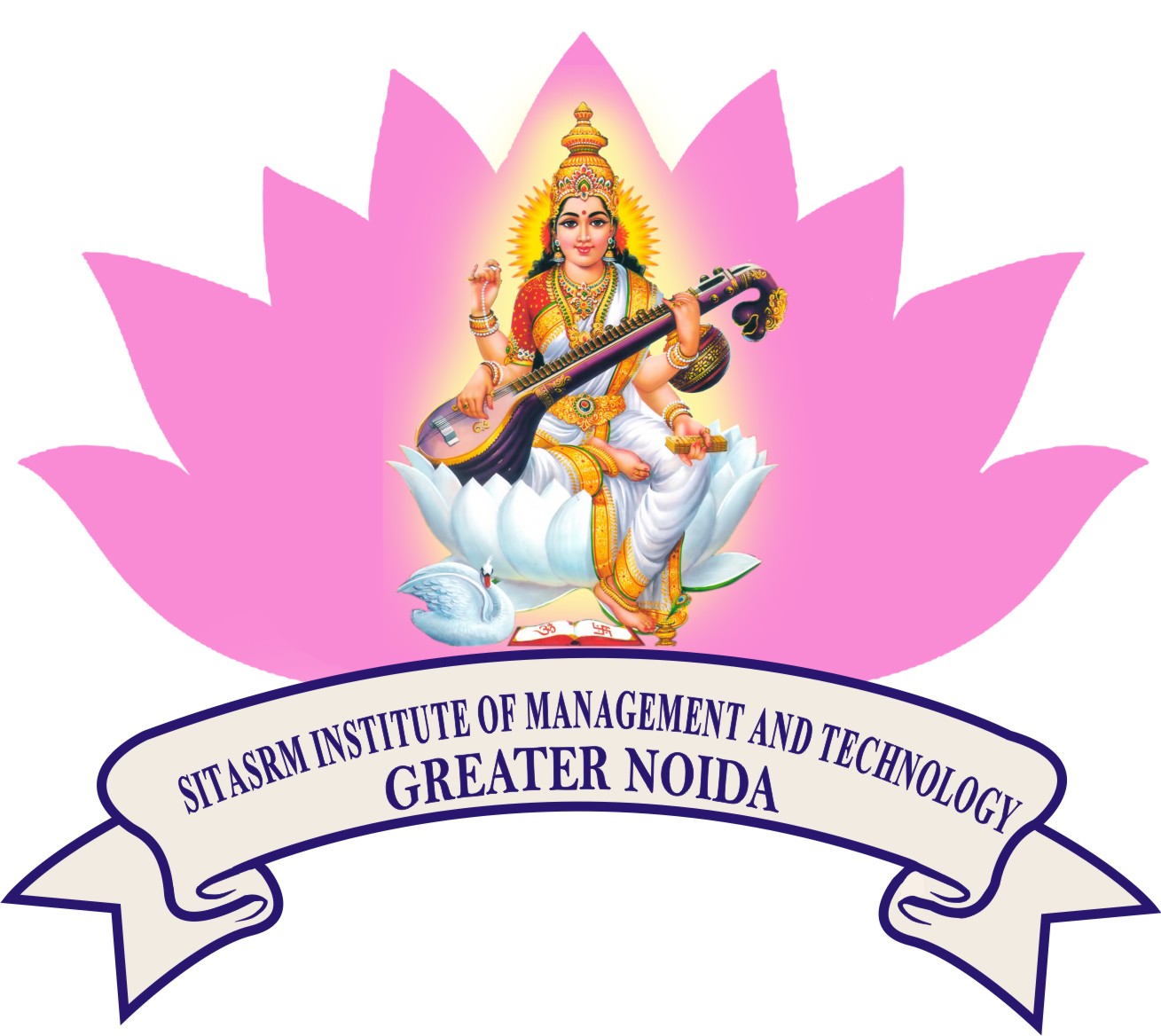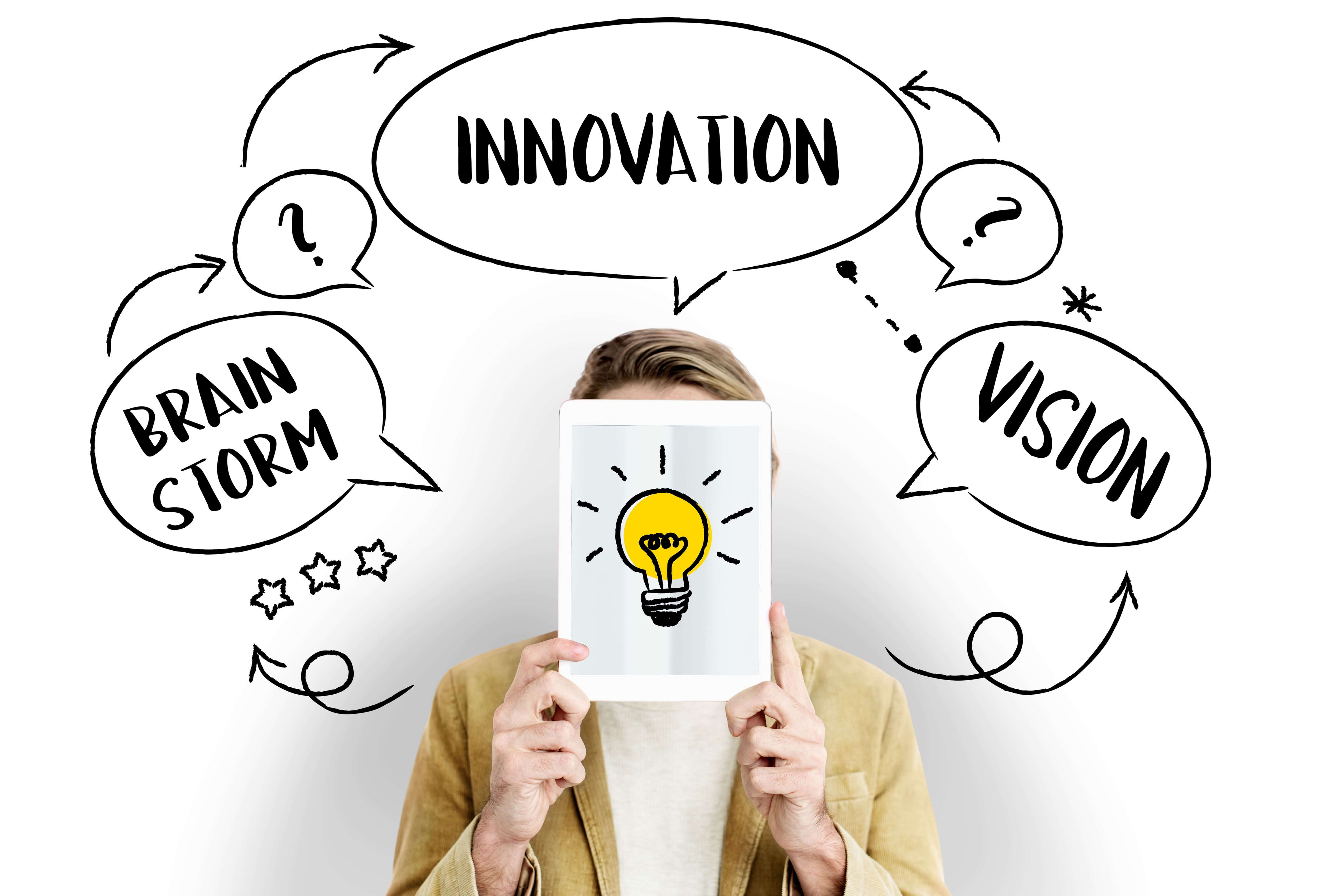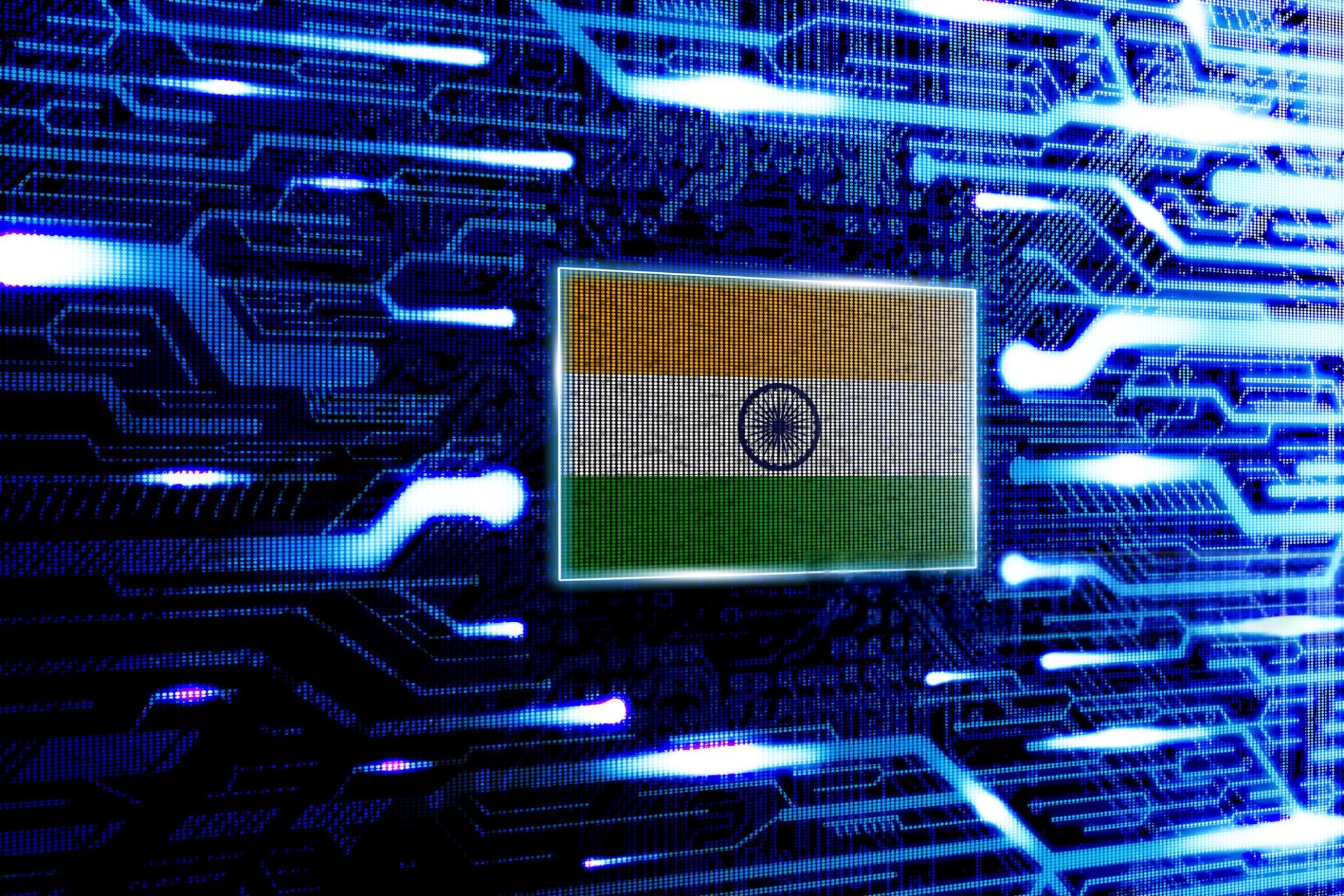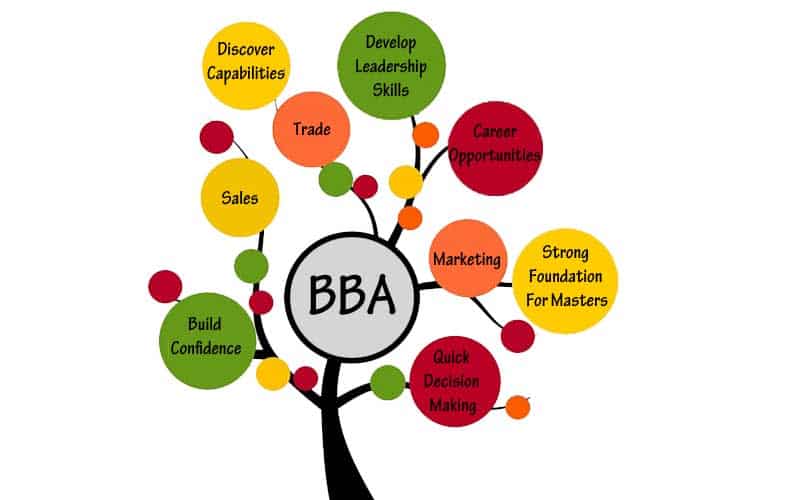 SIMT
SITASRM INSTITUTE OF MANAGEMENT & TECHNOLOGY
SIMT
SITASRM INSTITUTE OF MANAGEMENT & TECHNOLOGY
 SIMT
SITASRM INSTITUTE OF MANAGEMENT & TECHNOLOGY
SIMT
SITASRM INSTITUTE OF MANAGEMENT & TECHNOLOGY

SIMT
SITASRM INSTITUTE OF MANAGEMENT & TECHNOLOGY
Menu
Digital Governance in India: Powering Transparent, Tech-Driven Public Systems

Introduction
"The real revolution is not in technology, but in how we use it to govern better."
Picture this: your grandparents used to stand in long queues for a simple government certificate. Today, with just a few taps on a screen, you can access services from tax filing to land records. Welcome to the world of digital governance in India, where democracy meets technology and convenience replaces chaos.
India is not just adapting to digital governance — it’s leading a transformation. From the Aadhaar digital ID system to online grievance redressal platforms, digital initiatives are being embedded across all layers of government. This blog explores how India is navigating this digital revolution, the types of e-governance models in place, the challenges it faces, and how it plans to improve institutional resilience through modern IT governance.
What Is Digital Governance in India?
At its core, digital governance in India refers to the use of technology—particularly the internet, mobile apps, and big data—to deliver government services efficiently, transparently, and inclusively. It’s about empowering citizens, streamlining processes, and making public administration smarter.
The government’s flagship program Digital India, launched in 2015, aims to ensure that public services are digitally accessible to all. Today, projects like DigiLocker, BHIM UPI, CoWIN, and MyGov reflect how digital governance touches everything—from healthcare and finance to education and civic engagement.
The 4 Types of E-Governance You Should Know
Yes, e-governance isn’t just one system. It’s a four-fold framework designed to enhance interaction among key stakeholders:
-
Government to Citizen (G2C): Online bill payments, tax returns, voter ID registration—citizens interact directly with digital platforms.
-
Government to Business (G2B): Licenses, permits, and compliance systems are digitized, making the environment more business-friendly.
-
Government to Government (G2G): Internal efficiency is boosted through digital data sharing among departments (e.g., state to central).
-
Government to Employees (G2E): Employee services like payroll, benefits, and HR processes are increasingly digitized for efficiency.
These types ensure a 360-degree transformation of how government services operate.
Why Digital Governance in India Matters
India is a vast, diverse country with over 1.4 billion people. Reaching everyone through traditional bureaucracy is nearly impossible. Digital governance in India democratizes access, enhances efficiency, and reduces corruption. It’s a great equalizer—helping a villager in Ladakh get the same access as a professional in Bengaluru.
How India is Building Digital Trust
Digital trust is the foundation of any digital governance framework. Initiatives like e-signatures, biometric verification through Aadhaar, and blockchain pilots are helping citizens feel more confident in using digital public services.
Additionally, policies such as the Personal Data Protection Bill aim to ensure citizen data is used ethically and transparently.
What Makes India’s Digital Governance Unique?
-
Scale: India has the largest biometric ID system (Aadhaar).
-
Innovation: CoWIN showed how vaccination can be scaled using tech.
-
Public-Private Partnerships: Collaborations with tech giants support rapid deployment.
-
Global Recognition: India's digital governance models are now being studied and replicated by other countries.
What’s Next for Digital Governance in India?
As India continues to expand 5G, develop its India Stack, and push digital infrastructure in rural areas, the next phase of digital governance looks promising. Future goals include:
-
Expanding AI for policy-making
-
Integrating blockchain for document verification
-
Enhancing accessibility for differently-abled and digitally-excluded communities
Digital Governance in Public Administration
A revolution is underway in public administration through digitization. Ministries and local bodies are using tools like e-office platforms, GIS mapping, and real-time dashboards to make decisions faster and based on real data.
For example, the Aarogya Setu app, developed during the COVID-19 pandemic, showcased how public health administration could be digitized for mass use. Similarly, the National Land Records Modernization Program (NLRMP) digitizes land ownership, reducing fraud and improving citizen trust.
Common Problems with Digital Governance
Let’s not sugarcoat it—digital governance has its pain points too:
-
Digital Divide: Not all citizens have smartphones, internet access, or digital literacy.
-
Data Privacy Concerns: With growing databases comes the responsibility to secure them.
-
Legacy Systems: Many government departments still use outdated infrastructure.
-
Lack of Interoperability: Systems often can’t communicate across departments.
To improve institutional resilience, governments need to invest not just in technology but also in training, awareness, and strong cybersecurity policies.
Types of IT Governance in Government Context
Effective IT governance in digital transformation ensures that public investments in technology deliver real value. The Indian government employs different models:
-
Centralized Governance: Key decisions are taken by central IT authorities like NIC (National Informatics Centre).
-
Decentralized Governance: States have their own digital missions aligned with national objectives.
-
Federated Governance: A balanced approach—combining national frameworks with state-level innovation.
-
Hybrid Governance Models: Combining in-house platforms with outsourced services like cloud solutions and AI tools.
These governance models are critical in making sure the system is scalable, sustainable, and responsive.
Improving Institutional Resilience Through Digital Tools
Institutional resilience is all about a government’s ability to withstand and recover from crises—be it a pandemic, cyberattack, or data loss. Technology makes this possible.
Tools like cloud backups, disaster recovery protocols, and digital continuity plans are now embedded in many government operations. India’s adoption of digital records and decentralized data centers also helps mitigate risks during emergencies.
Conclusion: Where Students Fit into India’s Digital Future
If you’re a management or technology student, here’s the bottom line: you are the digital policymaker of tomorrow. Understanding how digital governance in India works not only boosts your employability but empowers you to participate in shaping transparent and resilient institutions.
With rising global focus on digital public services, careers in public tech leadership, e-governance consulting, and digital policy analysis are growing fast. So next time you use an app to renew your driver’s license or file taxes—know that you’re not just saving time; you’re part of a larger shift.
SIMT’s Role in Shaping Future Digital Leaders
While specific details about SIMT's initiatives in digital governance are not publicly available, institutions like SIMT play a crucial role in preparing students for the evolving landscape of digital governance. By integrating relevant coursework, practical training, and industry collaborations, such institutions equip students with the necessary skills and knowledge to navigate and lead in the digital era.



















































